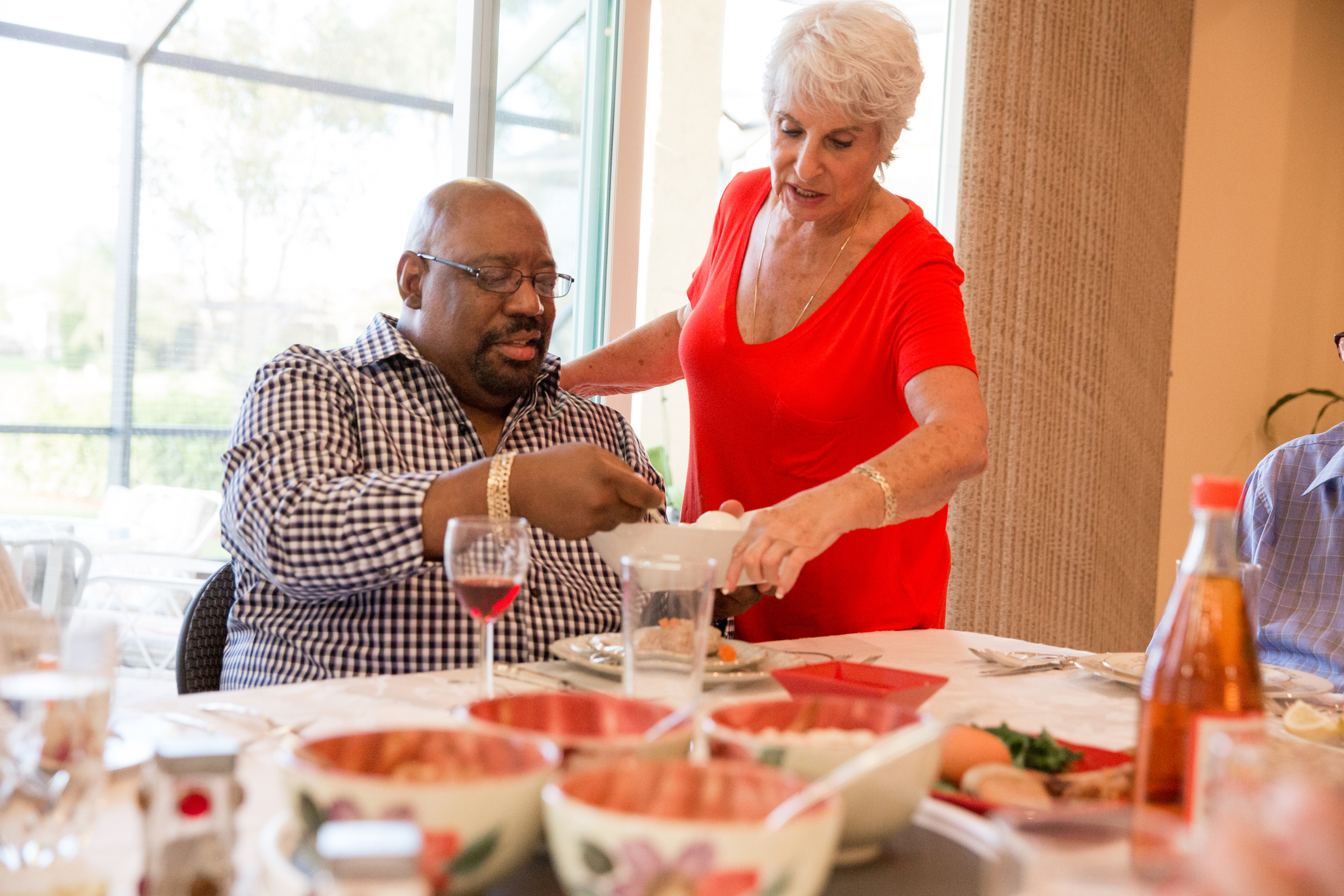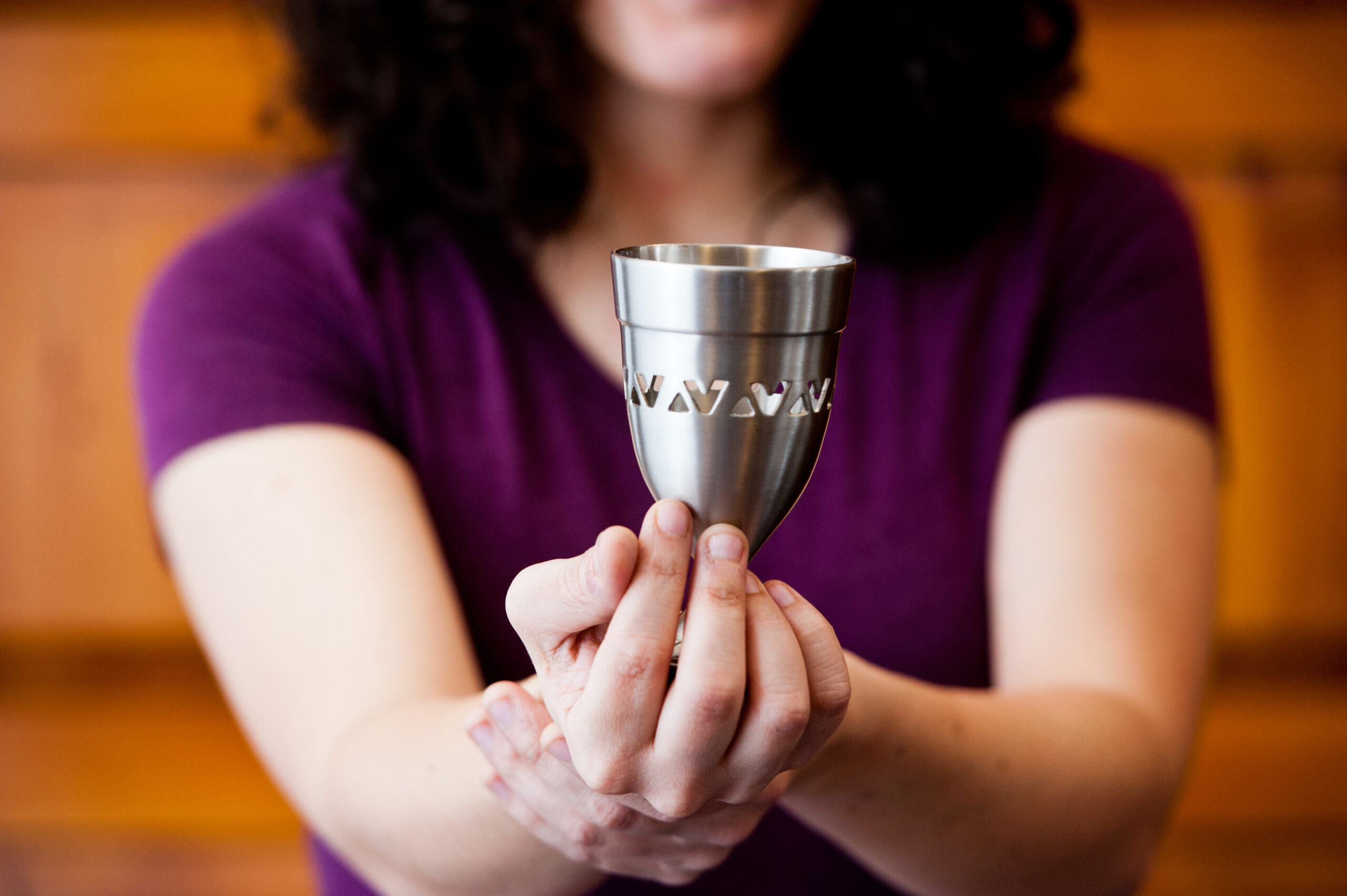It says in the Mishnah, in Pesakhim, that it is incumbent on each person gathered at a seder to recite: B’chol dor vador chayav adam lir’ot et atzmo k’ilu hu hatza mimitzrayim. “In all generations it is the duty of man to consider himself as if he had come forth from Egypt.”
This sentence is a stumbling block for any woman who wishes to fully understand what it means to be “free” as a Jew. Jewish freedom means being able to respond as a mature practicing adult to any issues which arise in the Jewish community. How can a woman recite “atzmo”—“himself”—and still feel she is an adult decision-maker? If she does this, she has not yet gone out from slavery to freedom. She is still second class.
Freedom can only be gained by a woman when she herself becomes fully knowledgeable and fully capable of speaking and acting for herself. This means, whenever necessary, actively—not passively—extracting herself from Pharaoh’s grip, in whatever guise or form that hold takes place. And if, in the process, she finds that she is in part Pharaoh to herself, she must renew the struggle yearly until such time when she can stand at a seder and recite for herself:
בְּכָל דּוֹר וָדוֹר חַיָּבִים אָנוּ לִרְאוֹת אֶת עַצְמֵנוּ כְּאִלּוּ יָצָאנוּ מִמִּצְרַיִם
For a woman or man (group): B’khol dor vador khayavim anu lir’ot et atzmeynu k’ilu yatzanu mimitzrayim.
In every generation, it is our duty to consider ourselves as if we had come forth from Egypt.
For a woman (individual):
בְּכָל דּוֹר וָדוֹר חַיֶּבֶת אִיְּשָׁהּ לִרְאוֹת אֶת עָצְמָה כְּאִלּוּ הִיא יִצְּאָה מִמִּצְרַיִם
B’לhol dor vador לhayavet ishah lir’ot et atzma k’ilu hee yatz’ah mimitzrayim.
In every generation, it is the duty of a woman to consider herself as if she herself had come forth from Egypt.
From Lichvod Pesach: A Women’s Community Seder Haggadah by Sylvia Schatz, Avi Z. Rosenzweig, Sherry Hahn, Rabbi Debra R. Hachen, Gloria Z. Greenfield, Temple Emunah, Lexington, MA












